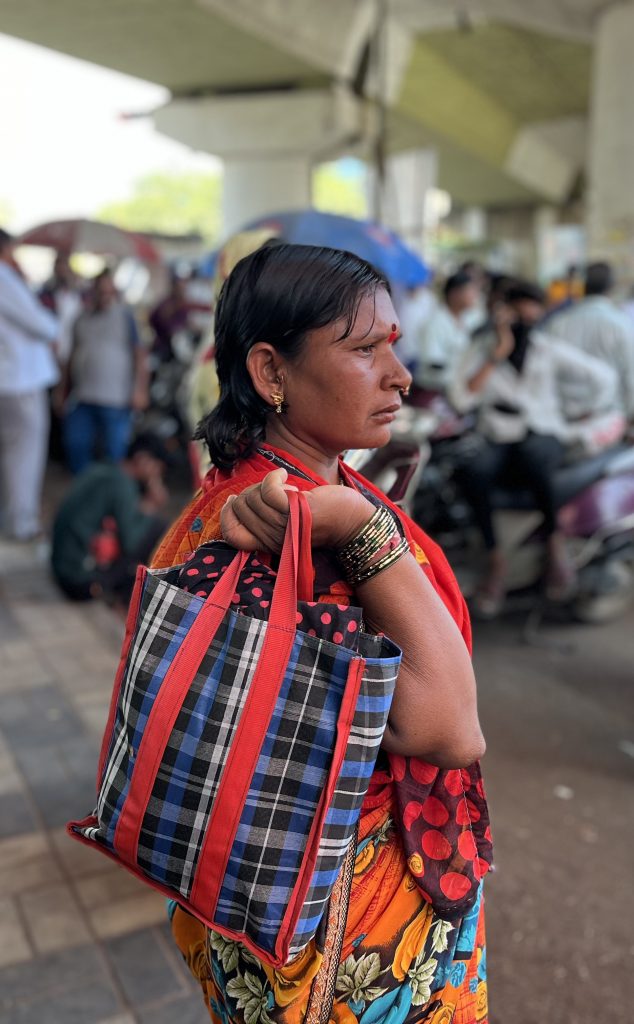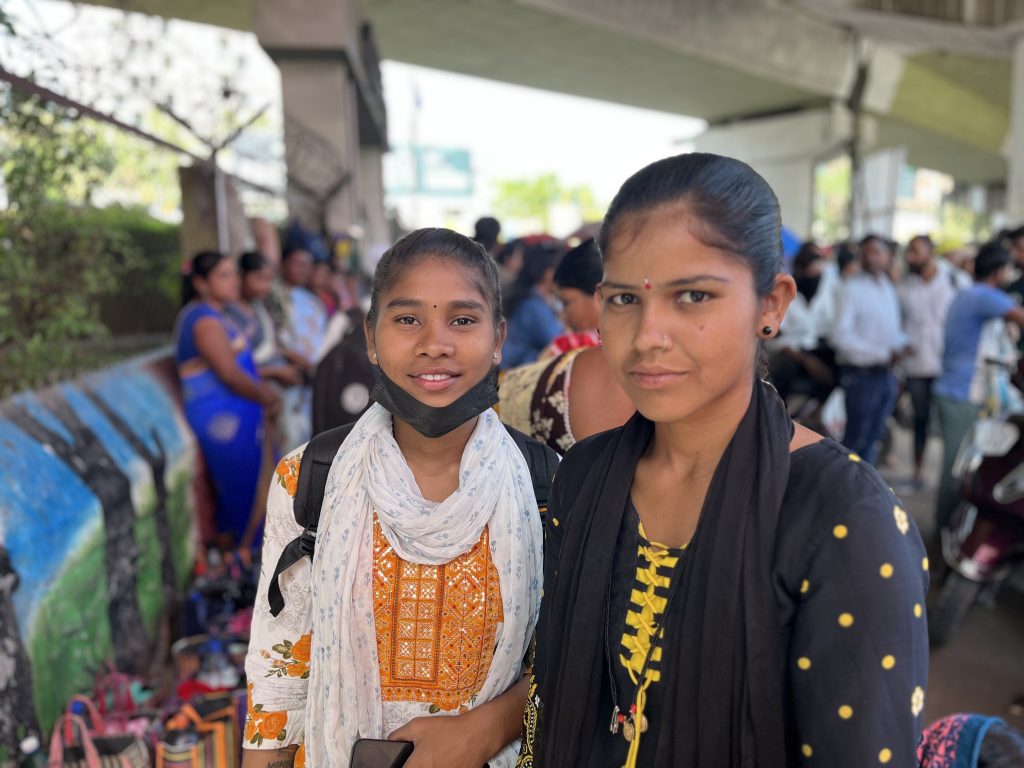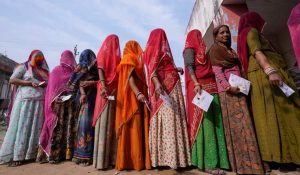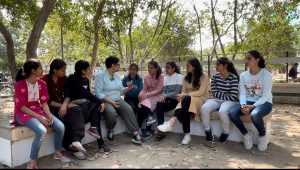[Readmelater]
Why Few Informal Workers Know Of A Portal, Meant To Ease Their Access To Welfare Schemes
An offline registration process and better outreach could help, say labour rights activists
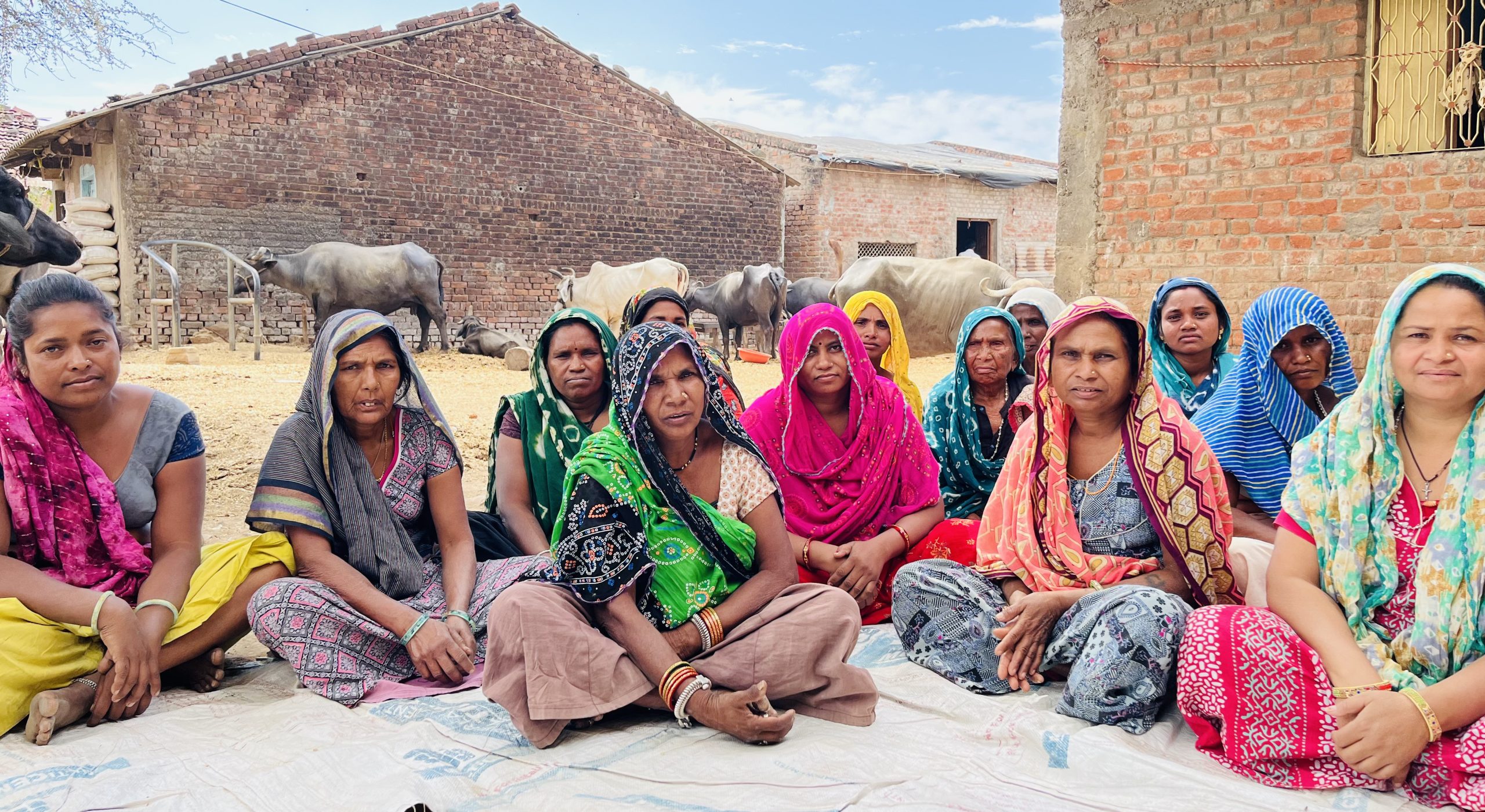
Tribal women who migrate from Dahod to Ahmedabad in Gujarat for construction work, are unaware of the e-shram portal and lack access to smartphones / Priyanka Tupe
Support BehanBox
We believe everyone deserves equal access to accurate news. Support from our readers enables us to keep our journalism open and free for everyone, all over the world.

